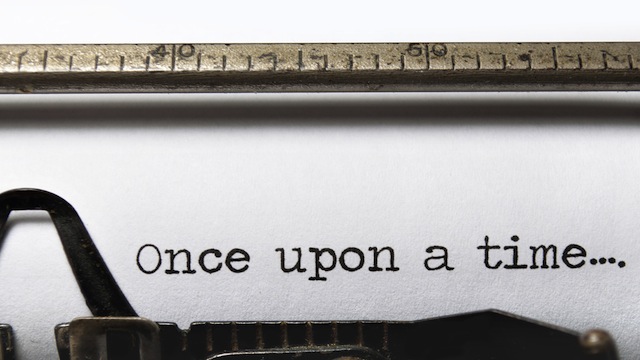The New Tao of Leadership (with John Maeda)

What’s the Big Idea?
The Tao de Ching, that 2400 year old leadership bestseller, paints a picture of effective leadership that contrasts strongly with the Western idea of the Alpha boss. In place of decisive action, it recommends listening. In place of “a backbone,” it counsels flexibility and adaptability. It recommends that the leader, like the Tao (translated as way, path, or principle) be a kind of vessel whose receptivity allows a nation to become itself.
While this approach to leadership may find sympathy with contemporary Westerners uncomfortable with traditional authority, and while many successful CEOs (John Mackey of Whole Foods, for example) have assimilated some of its core concepts, the Tao Te Ching’s message is likely to strike anyone who has ever run a school, a business, or even a family as a bit simplistic. Sometimes leaders have to make painful decisions. Sometimes a parent just has to say “no.”
At the same time, the purely authoritarian approach, which has fallen out of favor in the US since the social revolutions of the late 1960s, has been rightly critiqued as a good way to stifle innovation and organizational adaptability. It seems clear that the ideal leader falls somewhere in between Lao Tzu and Father Knows Best.
If you’re an artist struggling with the transition to leadership, John Maeda, president of the Rhode Island School of Design, feels your pain. Creatives in particular, he says, struggle with authority. They don’t want to be “the Man” (or “the Woman,” for that matter) because they conflate authority with authoritarianism. His own journey, from computer programmer to artist/designer to leader of one of the most prestigious learning institutions in the world has convinced him that leaders can and need to wear both hats – that of the inspiring encourager and that of the tough boss.
VIDEO: John Maeda on Creative Leadership
What’s the Significance?
For Maeda, learning to be a creative leader has been a process of experimentation within these two roles, leading to a balance that enables him to be tough and also to be nurturing, depending on what the moment and the audience demands.
There’s an unfortunate American cultural tendency to distrust this kind of multimodal approach. We want people to “be what they are,” and especially demand this from our leaders. What Maeda is saying is that most of us are much more complex than we give ourselves credit for. That we tend to restrict ourselves unnecessarily – and sometimes harmfully – to one very narrow end of our personal range. Typically we do this to maintain a sense of personal integrity, but it can have the opposite effect of making us uncomfortable in our own skin when faced with a situation (like leadership) that doesn’t fit our predetermined self-image.
Reluctant leaders, says Maeda, need to “man” or “woman” up. They need to take the reins of power and learn to be decisive when decisiveness is called for. Overly traditional, authoritarian leaders, on the other hand – especially those tasked with spurring innovation or managing creatives – could benefit from spending more time out of the executive chair, listening to those they lead. Whatever your starting place, the result is likely to be the same: a more complete you, and the true, balanced leadership your organization needs.
Follow Jason Gots (@jgots) on Twitter





